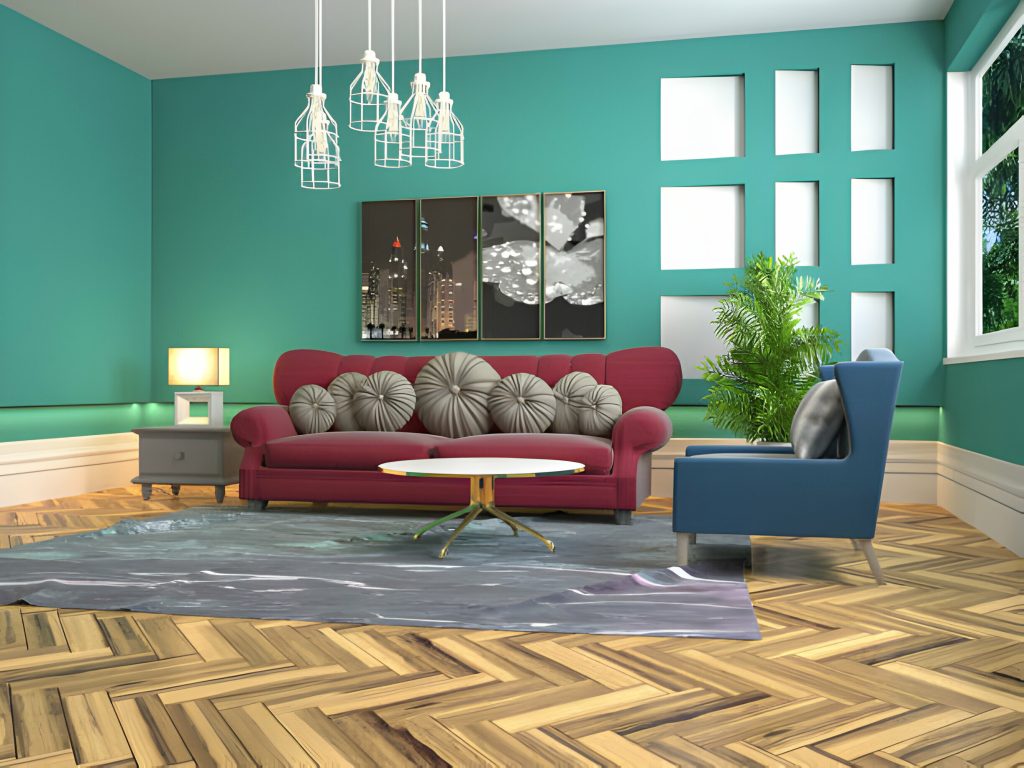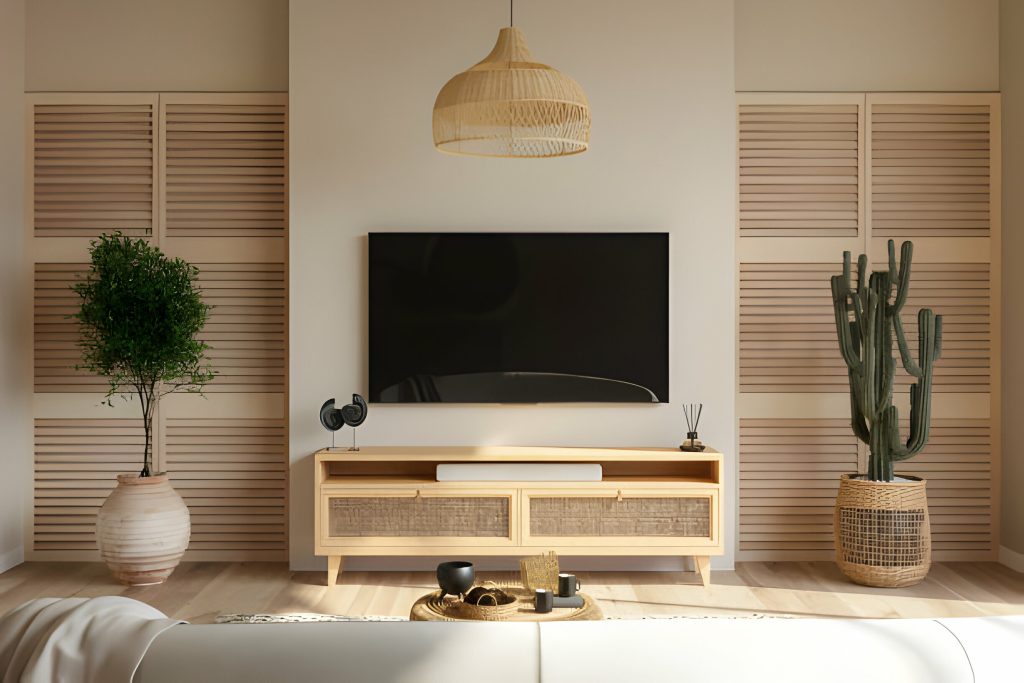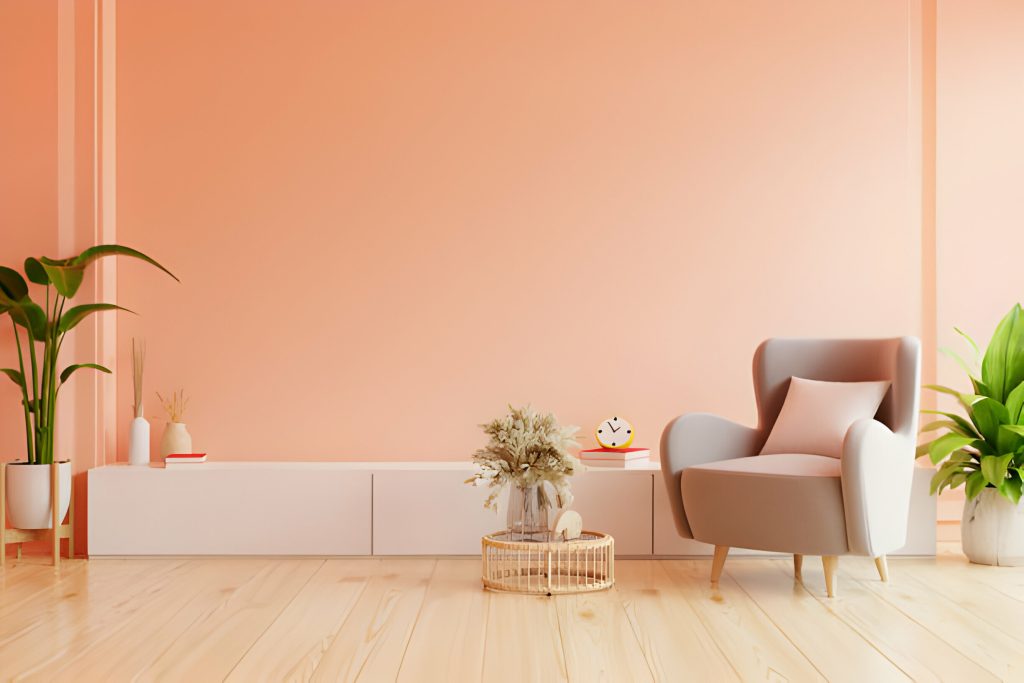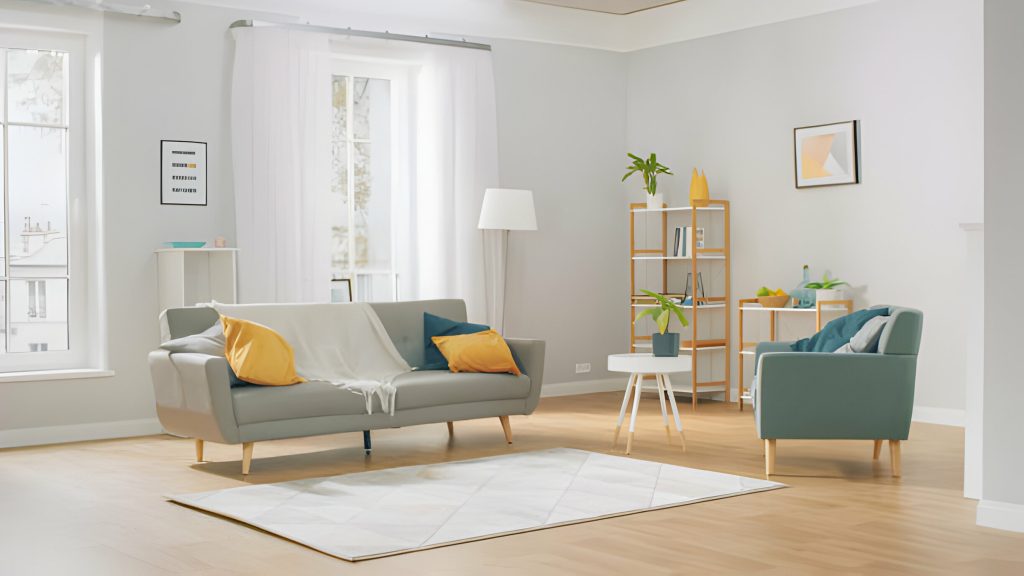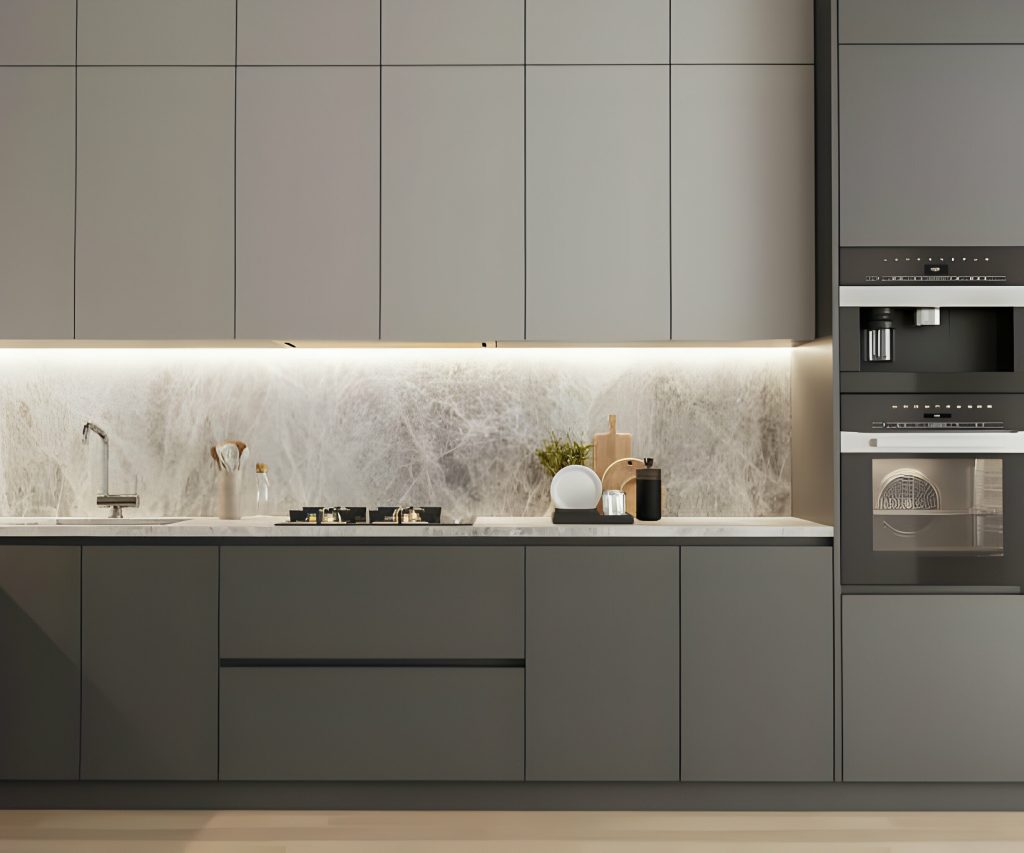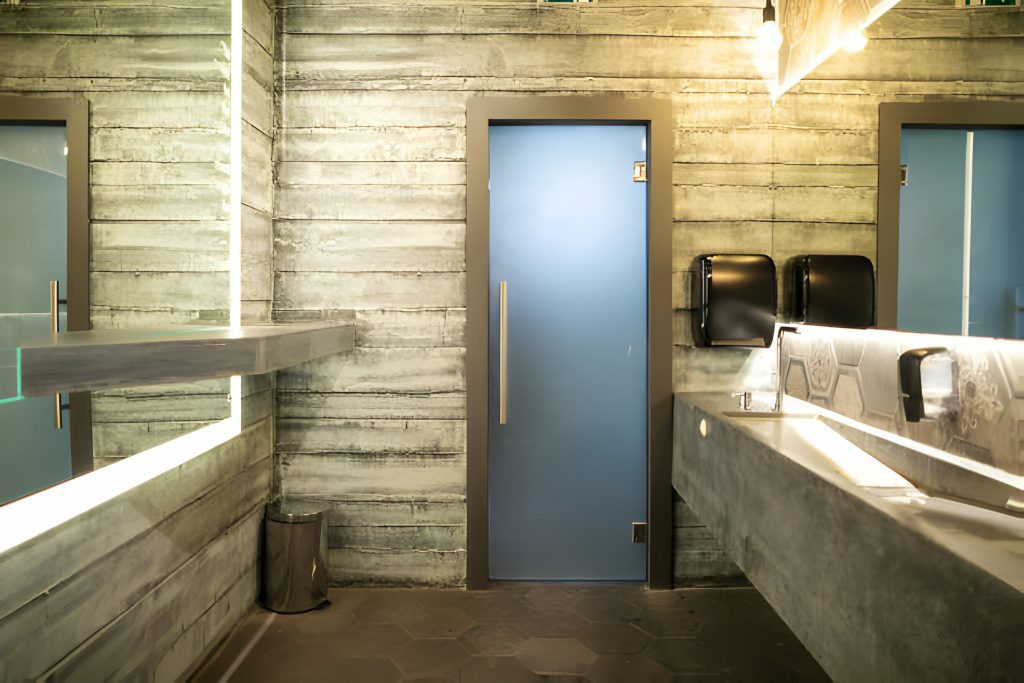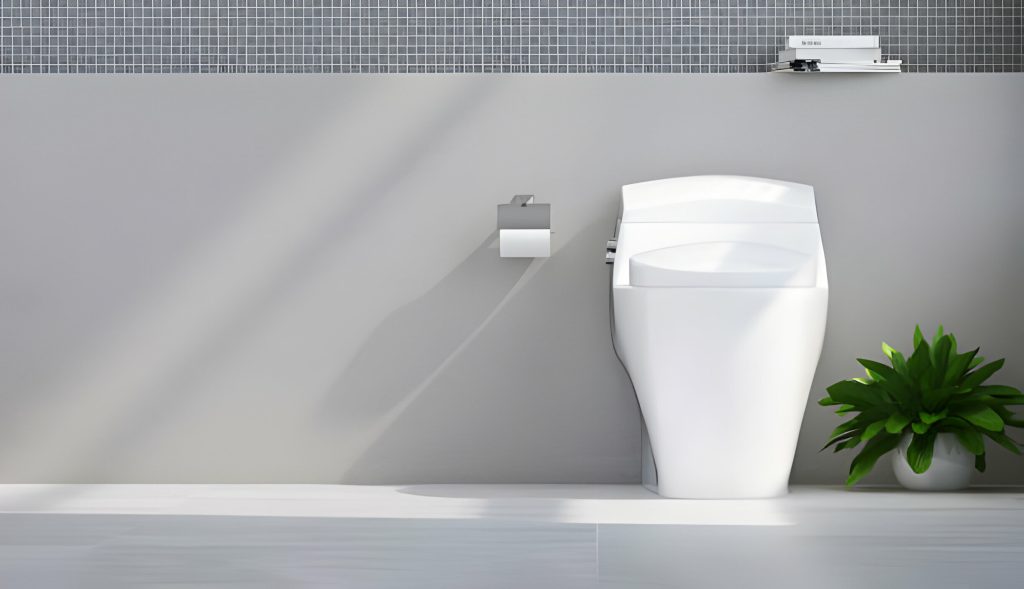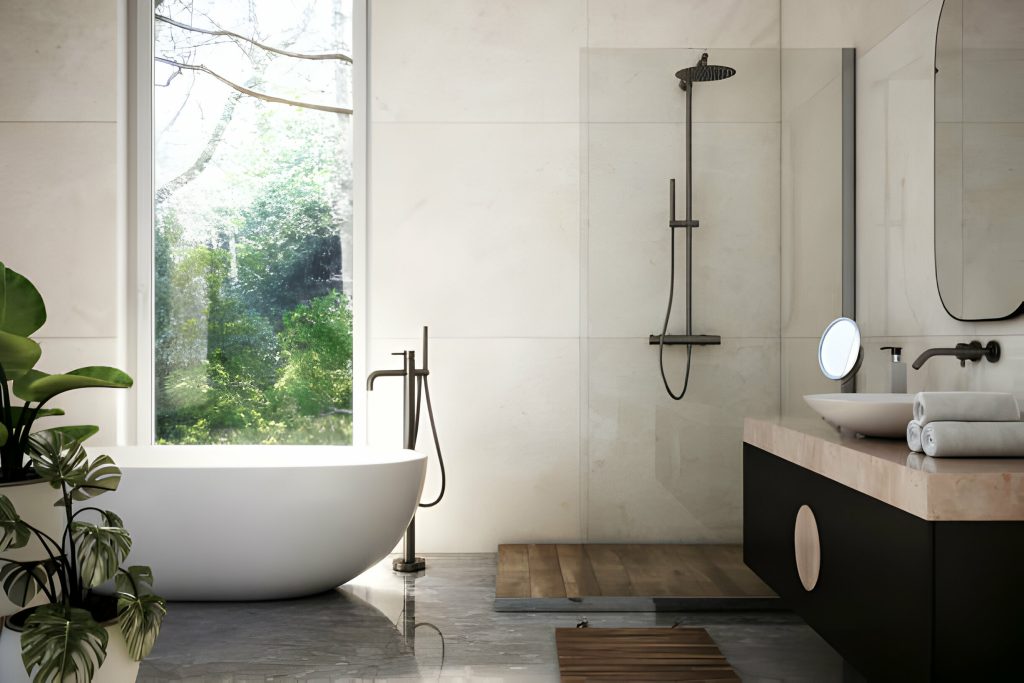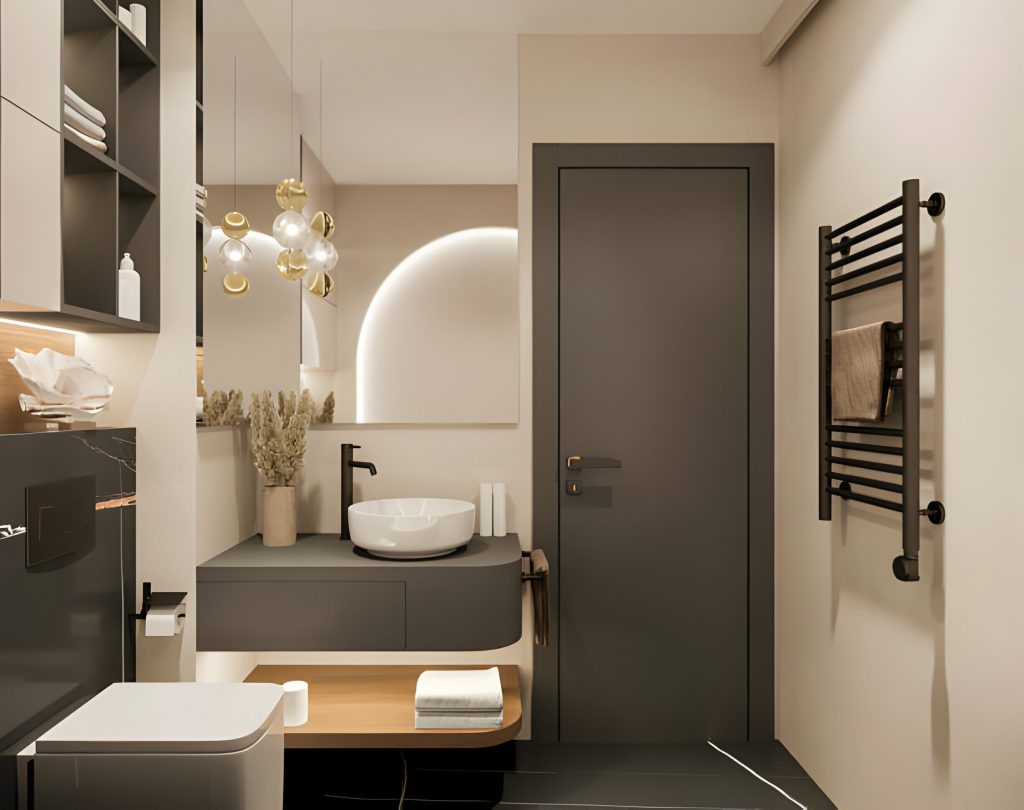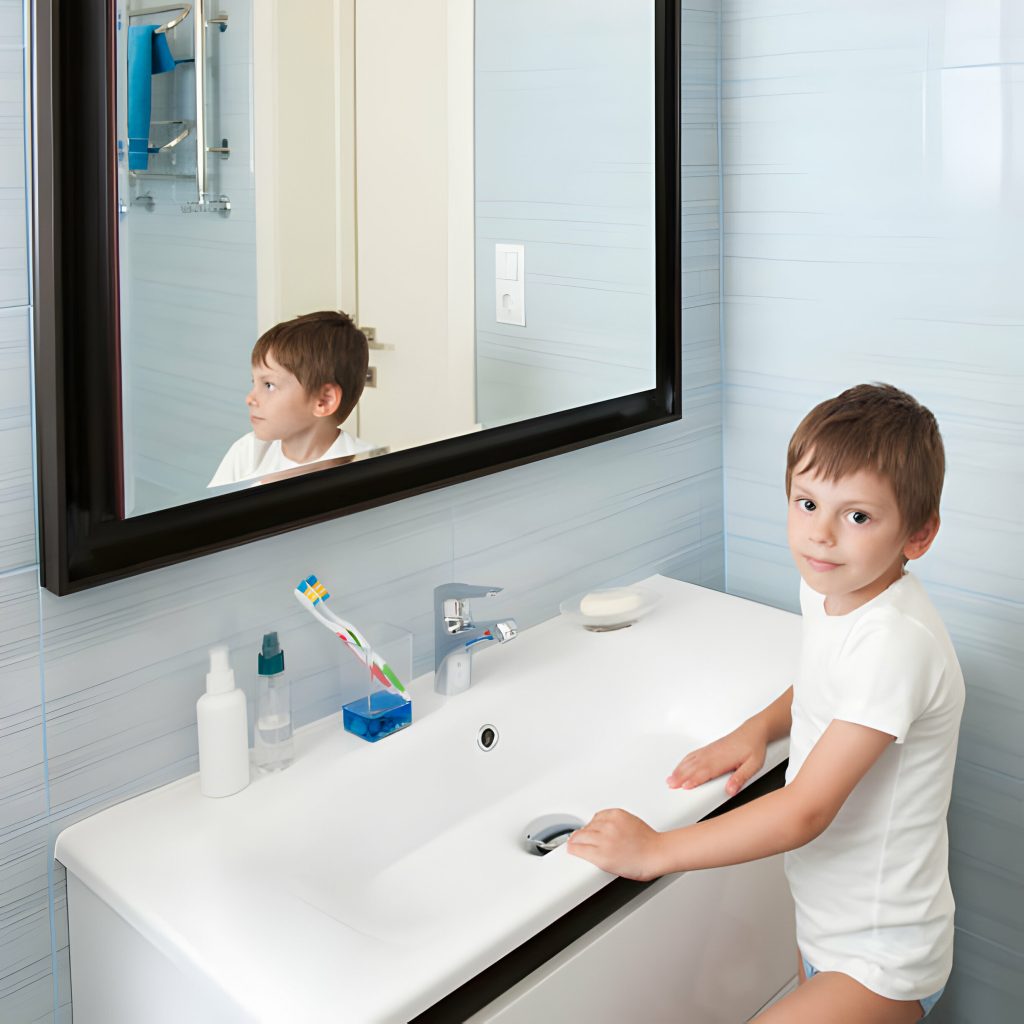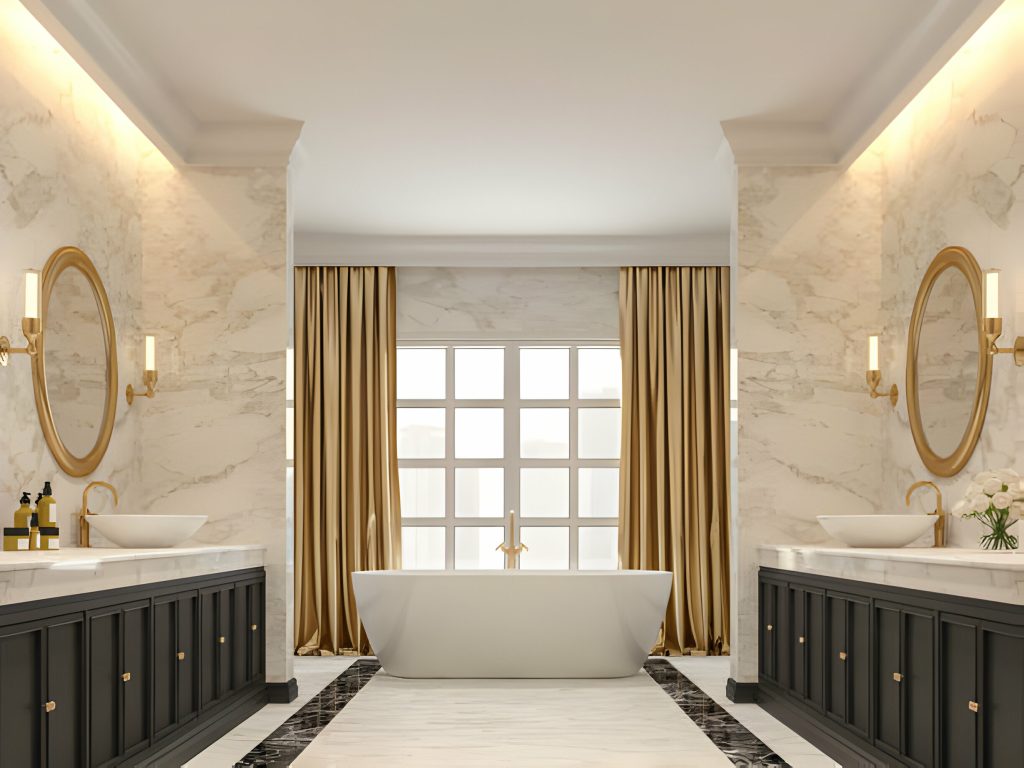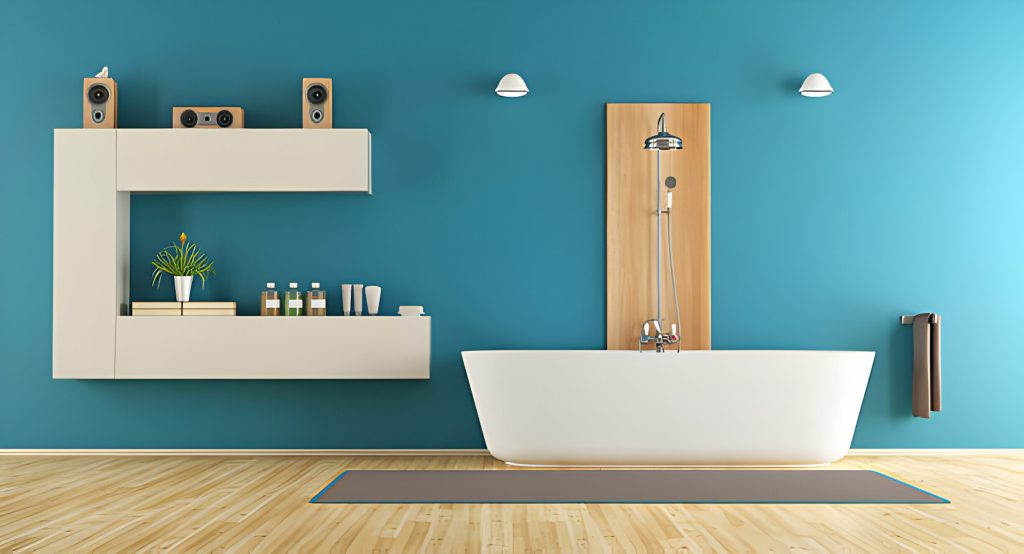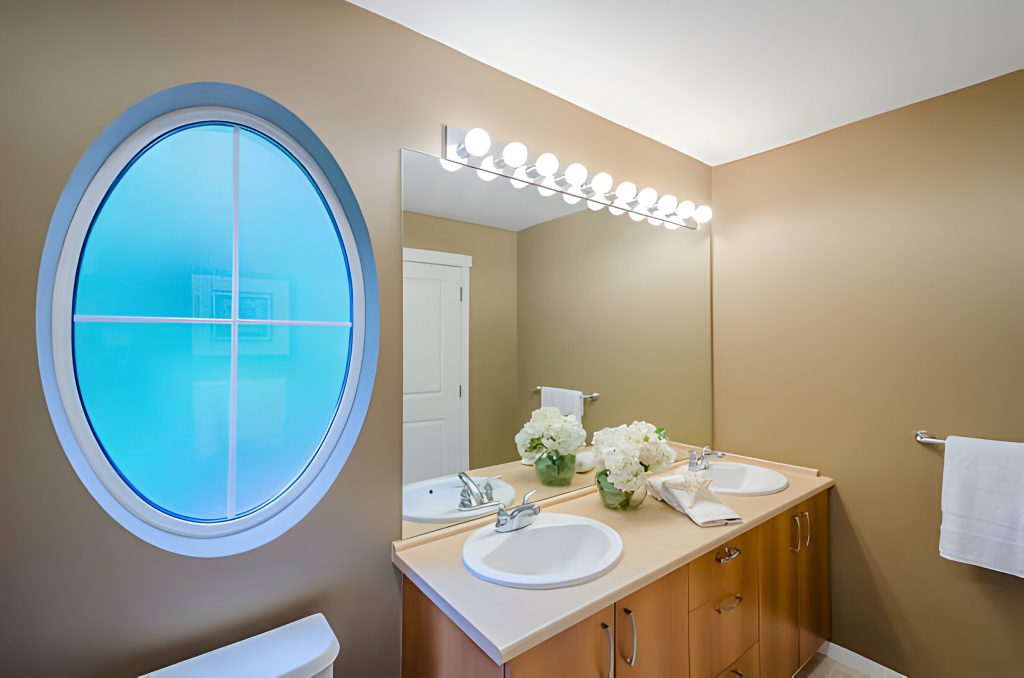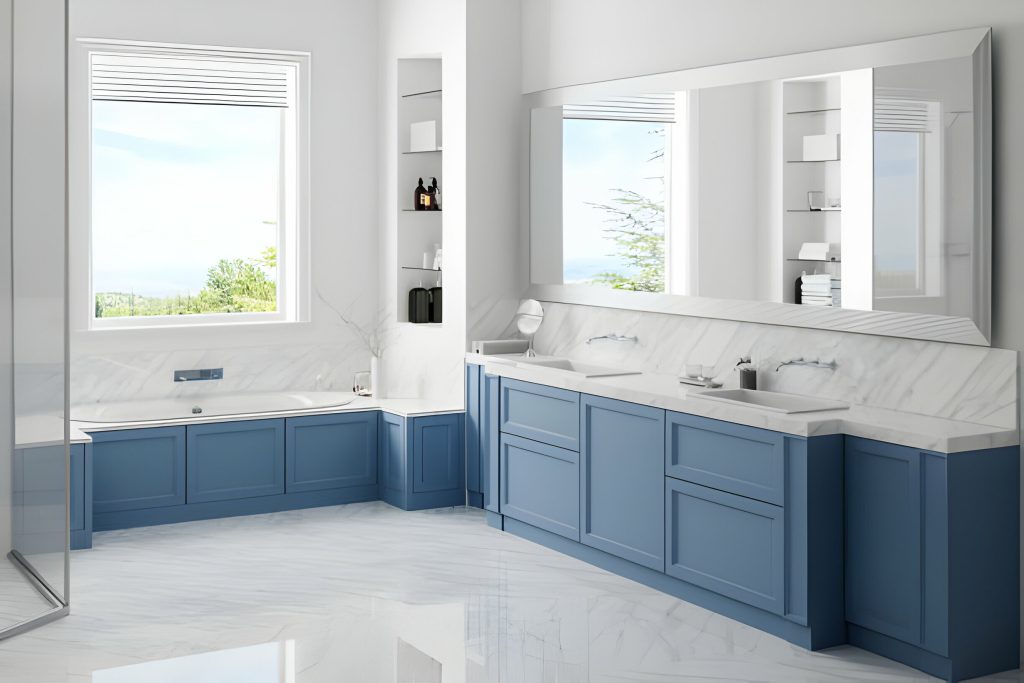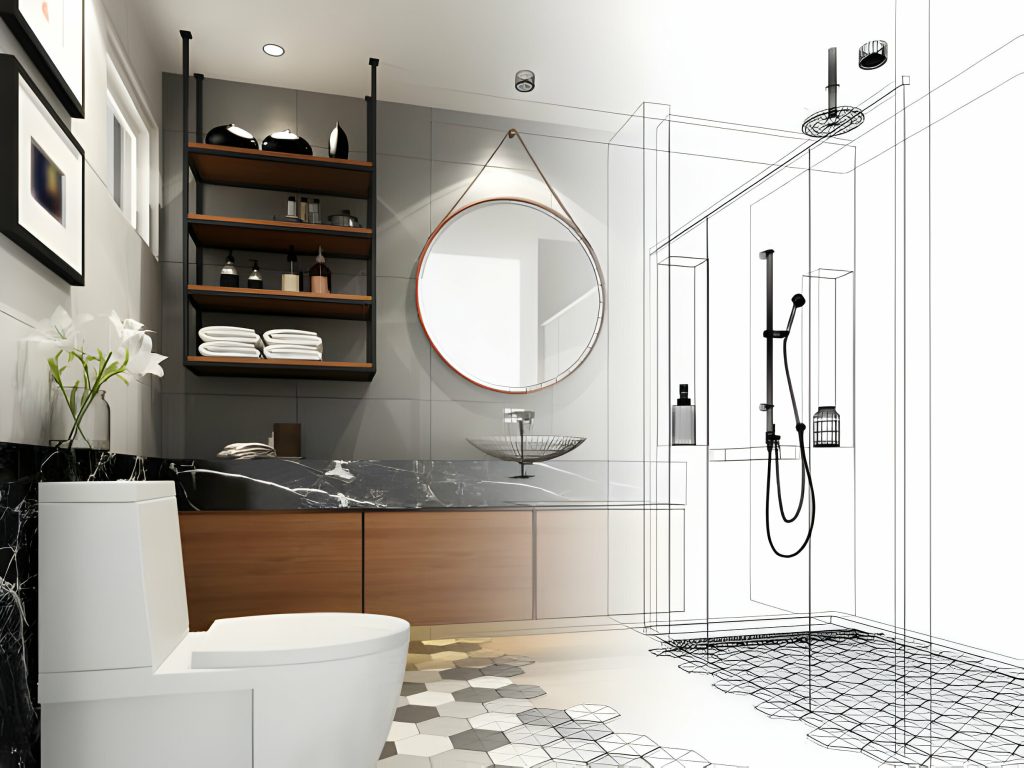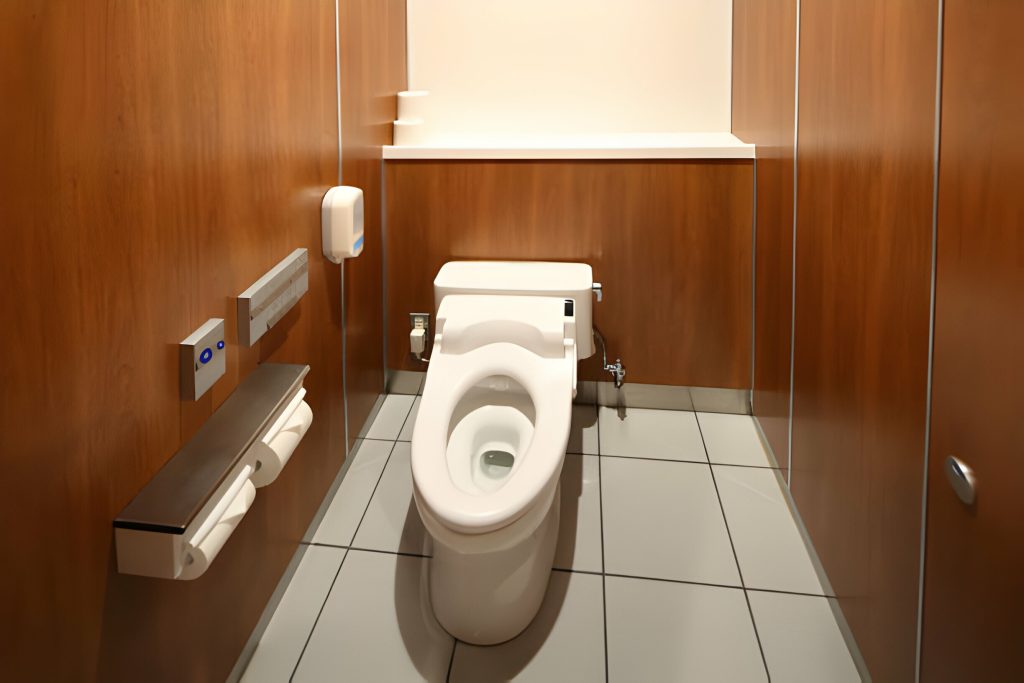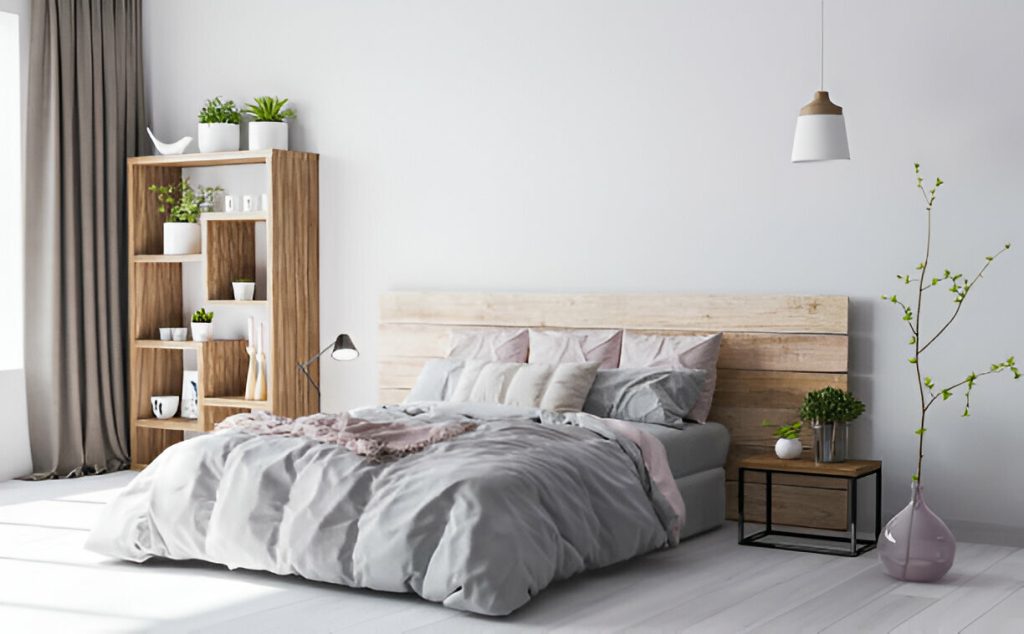
- Design trends
The bedroom is usually the most used room for most people and also the favorite part of a home. Nothing...more
Top Story

When it comes to living the life of a first-time homeowner, it can be difficult to know the dos and don’ts of home ownership. So,
Latest Posts
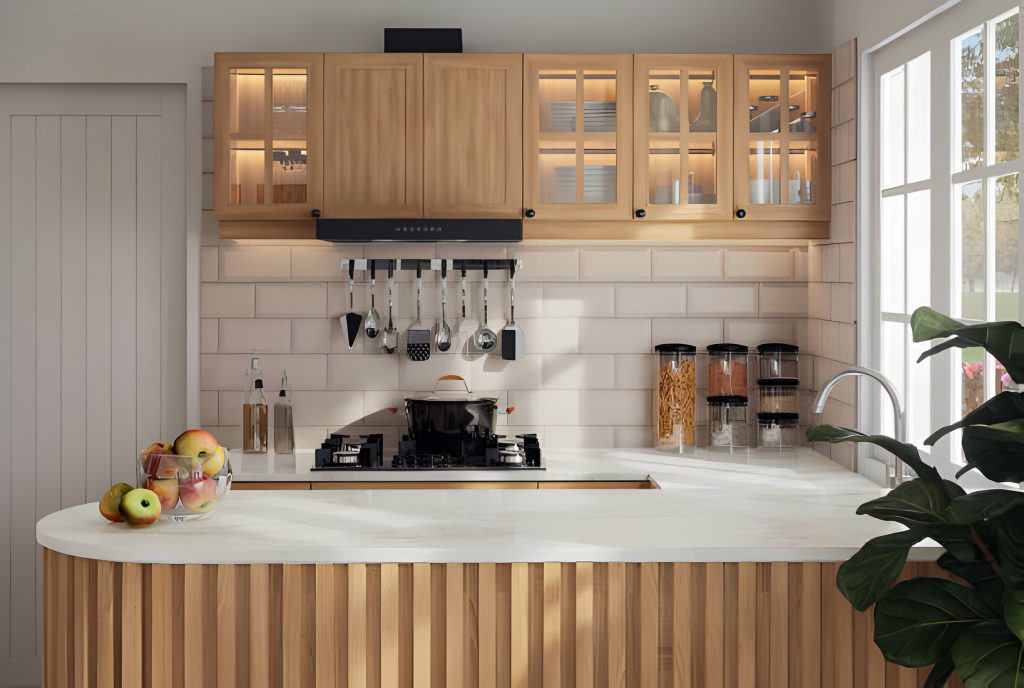
Are you tired of feeling cramped in your small kitchen? Want to create a space that exudes class and sophistication? Look no further! In this
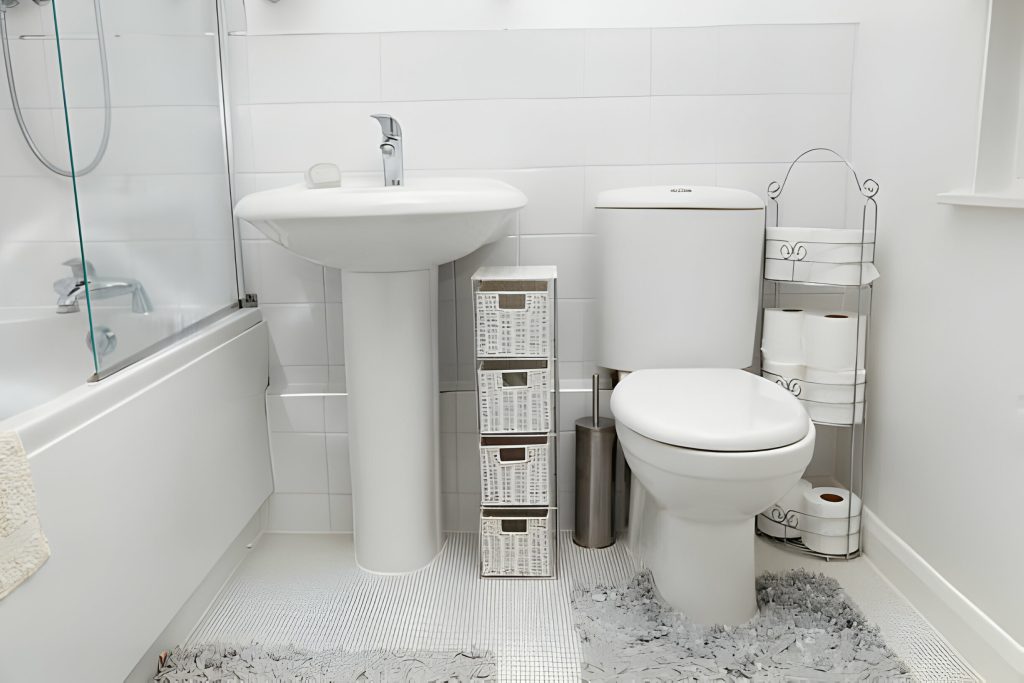
Are you tired of feeling cramped in your small bathroom? Well, fear not! We have the solution to make your space feel bigger and brighter.

Do you ever find yourself in a bathroom without a wall to hold your toilet roll? It can be frustrating and inconvenient, but fear not!

Building The Bedroom Of Your Dreams With Ease
The bedroom is usually the most used room for most people and also the favorite part of a home. Nothing beats the feeling of knowing that you have a comfortable bedroom to relax in after a hectic day.
You can only relax in a space that aligns with you in every aspect. Aside from laying on your bed after a hectic day, does any other thing in your bedroom appeal to you? If your answer is no, then you need to redesign your bedroom.
Building your dream bedroom is not just a luxury but also a necessity. If you have been considering whether or not to change your bedroom to your preference, it is time to take a stance.
8 Easy Steps To Building The Bedroom Of Your Dreams
Are you looking to build your dream house but are unsure how to begin? We can help you with that. We have put together a list of guidelines to help you achieve your dream bedroom in 8 easy steps.
Step 1 – Have a budget
The first and most crucial step before engaging in any project is creating a budget. The budget’s role is to help you determine what you can afford. This way, you can easily create and follow a checklist.
Before creating a budget, do some research to determine the cost of building your dream bedroom.
Step 2 – Let your bedroom reflect your personality
Your bedroom’s design can easily judge or determine your personality. In addition, you will feel more comfortable in a space that reflects your style. Design your bedroom to align with your personality.
Step 3 – Consider the size of the room
Consider the size of your bedroom before choosing any design. The goal is to ensure that your bedroom is not overloaded with items. Fix in furniture pieces that complement the space.
Step 4 – Get a comfortable bed
A bed is the most essential item in the bedroom, so it’s important to ensure that you get a standard bed when shopping for one. Several bed options can help simplify the whole process of getting one.
A bed-in-a-box mattress is currently one of the most popular options. You can ship abroad without fear of damage.
However, with so many bed-in-a-box mattresses and reviews online, it’s important to read this before getting a bed in a box mattress. The process of having a folded mattress in a box shipped to you requires trust.
Ensure that you and the mattress vendor have an established level of trust before making any payment. Your overall goal is to get a comfortable bed for your bedroom.
Step 5 – Choose calm colors
A bedroom is the best place in a home to have reflections and seek calmness after a hectic day. Choosing a soothing color for your bedroom will help you achieve a certain level of calmness when needed. A soothing color can help you relax and lighten your mood.
Step 6 – Furniture placement
The way the furniture in your bedroom is placed can determine the entire outlook of the space. Furniture placement requires well-thought-out plans.
You can find furniture placement ideas online or be creative with your visions of how you want your bedroom to look.
Step 7 – Get a functional storage
Functional storage is different from having a wardrobe or closet. The bedroom can easily become cluttered, especially as it is the most used space in a home.
A functional storage will help you declutter your room easily. You can use it as a storage space for items that are constantly in use. This way, you can easily place them in a functional storage area close to your bed rather than allowing them to be scattered around your bedroom. It also allows easy accessibility whenever you need any item.
Step 8 – Prioritize comfort
The whole point of building a bedroom of your dreams is to heighten your level of comfort and create a safe space for you. You can only achieve these goals by prioritizing comfort. You can do so by getting quality items and organizing your bedroom to your state.
We stated earlier that designing your room based on your personality can impact your level of comfort. So, ensure that you build your dream bedroom based on your style.
Conclusion
Building the bedroom of your dreams may seem like a difficult task, but it isn’t. The primary requirement for creating the perfect bedroom is a budget.
Once you have a budget that allows you to prioritize comfort, you are good to go. The easy tips listed in this article will help you achieve your dream bedroom with ease.

Easy Home Tips That Actually Work
When it comes to living the life of a first-time homeowner, it can be difficult to know the dos and don’ts of home ownership. So, let’s explore some of the most straightforward tips and tricks that work and that are worth your time when getting ready to own a home for the first time. You might be surprised to see that a lot of these tips are really simple yet things that a lot of people generally overlook. So here are a select few tips that we genuinely believe will make your homeowner’s life much easier, especially if you are somebody who is a first-time homeowner and don’t know anything about some of the essential foundations of making home ownership as easy as possible.
The Importance of Insulation
If you are a first-time homeowner, you might not know that one of the biggest wastes of money that can come from a home is the problems that come from insulation. This is why it’s important to make sure that your installation solutions are up to date, especially if you notice your heating bills or your AC bills coming up during high weather seasons. Insulation can save you a lot of money, especially around the windows. When it comes to purchasing a pretty old home, it is not unusual for insulation, especially around windows, to be out of date. Is it going to Magento replacing windows is very expensive, but it is a great way to save money in the long term and make sure that you are safer from having a drafty house, especially in the winter. After all, the last thing you want is to spend all year heating outside of your house on your dollar.
Pest Control Solutions
A lot of people think that pest control is simply a thing to deal with when you are dealing with pests. Of course, that couldn’t be further from the truth. After all, the best way to make sure that you never get any pests is to use the best prevention or know the ins and outs of getting proper pest control at your home to avoid potential invasions. Companies like thanoshome offer effective, modern products and nontoxic solutions that can help keep your space pest-free in the long run. Using non-toxic and modern pest control solutions is a great way to make sure that you remain pest-free while not putting any of your pets or young kids at risk. There is also the added benefit of not having to deal with potentially gruesome scenes that could result from less modern pest control solutions.
Modernization
This tip someone piggybacks on the importance of insulation in the way that it essentially puts a heavy emphasis on making sure that your home is up to date. After all, it shouldn’t come as a surprise that this repair is a normal part of the cycle of life of a home, and sometimes, even well-installed things can break over time. This is why generally making sure that your plumbing, for example, or your gas intakes have been inspected and made to fit proper standards of modernization and a building can be a great way to avoid problems in the long run. In a similar mindset, you might want to make sure that your foundations also get inspected to avoid the potential water infiltration that comes from a very old home. Of course, there is no debating the fact that these kinds of preventative measures are very expensive, but generally, they are much less expensive than having to deal with full-blown problems when things fall apart.
As you can see, a lot of the very important tips that you can take to heart when it comes to home ownership are simply about learning to prevent issues. They do not only save money but also avoid trouble in the long term. This is why when people talk about how expensive home ownership is, a lot of it comes from the maintenance. Still, all the money spent on maintenance is nothing compared to all the money you would waste if you spent your whole life renting and not putting money into your property. So do not let this kind of negative talk about home ownership prevent you from actually going through with your purchase of a home. As you get used to your home, you will also learn what your property means and what tips are important for your current lifestyle and the relationship you have with your building. This might seem like a crazy way to talk about it, but every home is different, and every home has different needs.
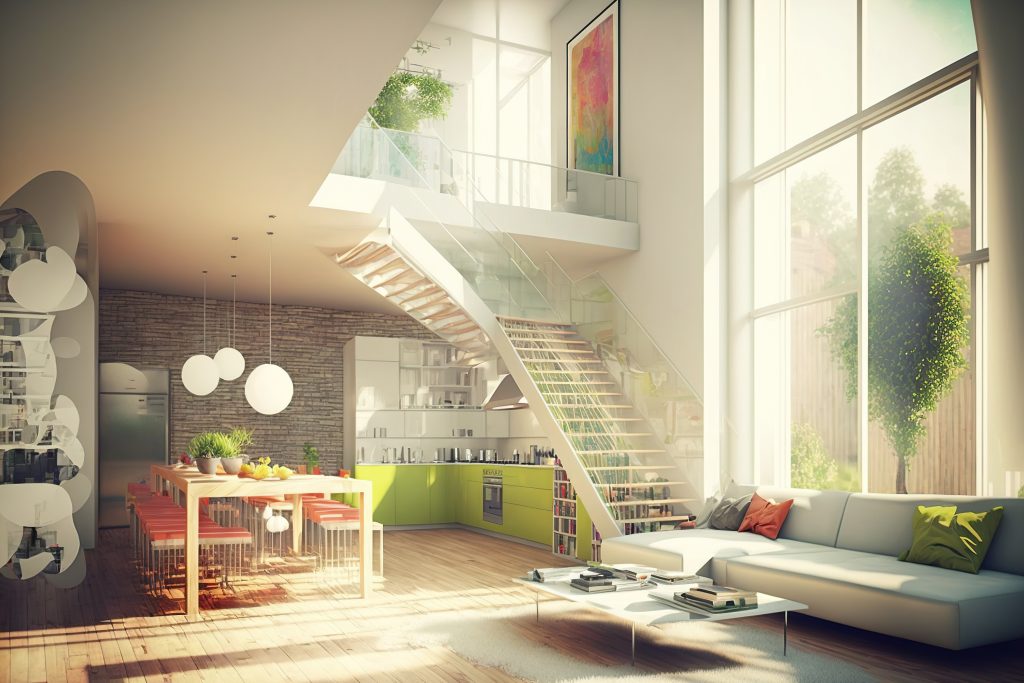
Creating the Perfect Flow in Your Home Interior Design
Have you ever walked into a room and immediately felt disoriented or uncomfortable? That’s likely due to a lack of flow in the space’s interior design. Proper flow is essential to creating a cohesive and functional home environment that feels comfortable and inviting.
From the placement of furniture to the use of color and texture, every detail contributes to the overall sense of flow. For example, imagine walking into a living room with a sofa and chairs arranged in a way that blocks the natural traffic flow of the room. You’d likely feel cramped and frustrated trying to navigate around the furniture.
In this guide, we’ll walk with you how to create the perfect flow in your home design. Read on:
Understanding the Concept of Flow
The importance of flow in interior design cannot be overstated. It refers to the way a space feels as you move through it. It’s about creating a sense of harmony and balance that makes a room feel comfortable and inviting. Flow is achieved through careful consideration of every design element, from furniture placement and lighting to color and texture.
Assessing Your Space
To assess your space, start by walking through the room and taking note of how it feels as you move from one area to another. Are there any areas that feel cramped or cluttered? Is there enough room to move around comfortably? Once you have a sense of the overall flow of the space, you can begin to identify problem areas and potential solutions.
For example, if you have a small living room that feels cramped, consider removing any unnecessary furniture or decor items to create more open space. Or, if you have a narrow hallway that feels cluttered, try adding a mirror or light-colored paint to create a sense of depth and openness.
Creating a Layout
To create flow in your space, start by choosing furniture and decor items that complement each other in terms of scale, style, and color. Avoid adding too many pieces that clash or feel out of place. Once you’ve chosen your furniture and decor, it’s time to arrange them in a way that enhances flow.
Start by thinking about the natural traffic flow of the room and arrange your furniture accordingly. For example, if you have a living room with a fireplace, arrange your sofa and chairs around it to create a focal point and encourage conversation. If you have a small dining room, consider using a round table to create an open and inviting atmosphere.
Remember that furniture placement is just one aspect of layout design. Other design elements, such as lighting and artwork, can also contribute to the overall flow of the space. Use lighting to highlight important areas of the room and create a sense of depth, and use artwork and decor to add visual interest and balance.
Enhance The Entrance
Door frame architraves are a great way to enhance the flow of your home’s interior design, especially at the entrance. These decorative moldings are installed around the perimeter of a door frame. They come in a variety of styles and materials, from simple and understated to ornate and detailed.
By adding them to your entrance, you can create a sense of elegance and sophistication that sets the tone for the rest of your home’s interior design. This small detail can make a big impact on the overall feel of the space, helping to pull the design together and create a cohesive look.
Adding Accents and Accessories
Accents and accessories are an excellent way to enhance the flow of your home’s interior design. When adding them, choose items that complement the overall design aesthetic and add visual interest without overpowering the space.
You can do this by adding pops of color through throw pillows, curtains, or wall art. These items can create a sense of balance and harmony throughout the space, tying together different design elements and creating a cohesive look.
Conclusion
By understanding the concept of flow, assessing your space, choosing the right furniture and decor, and arranging them in a thoughtful way, you can enhance the flow of your interior design and create a comfortable and cohesive home environment.
Remember to consider every design element, from lighting and artwork to door frame architraves, to create a space that flows well and feels polished and finished.


